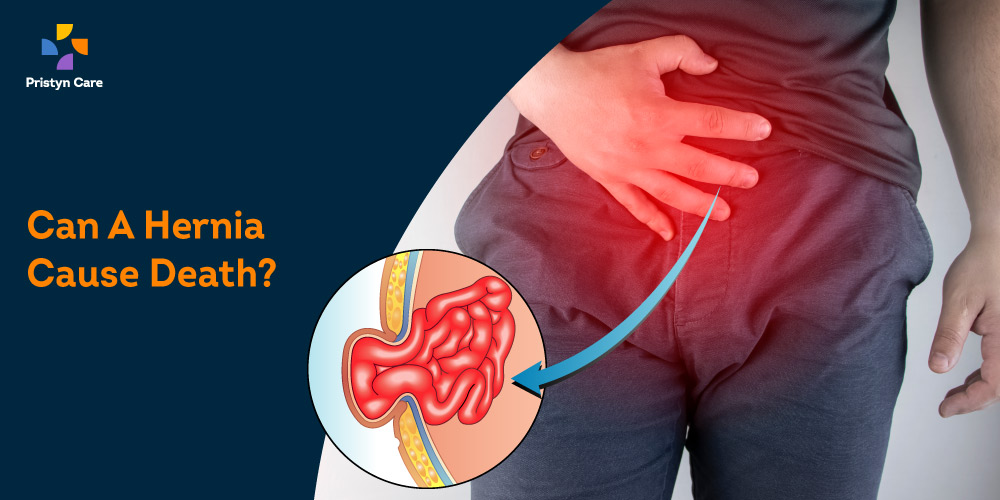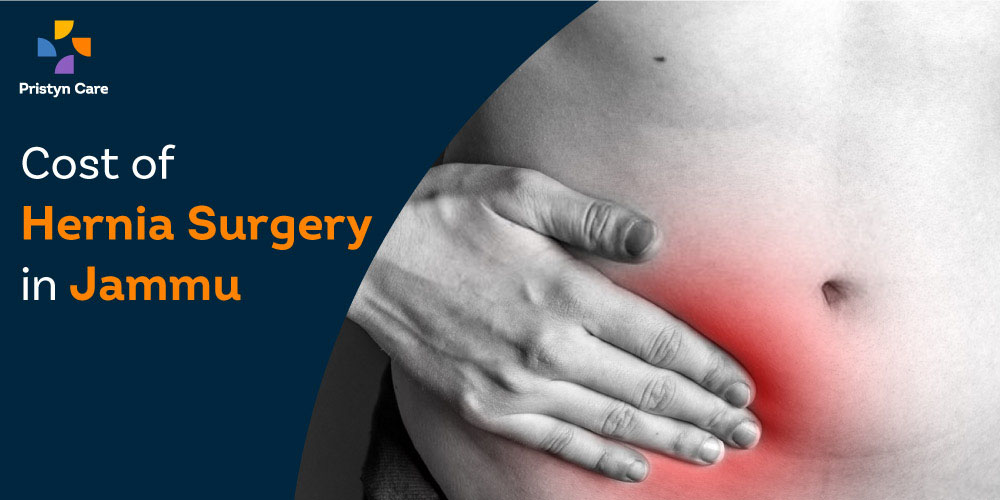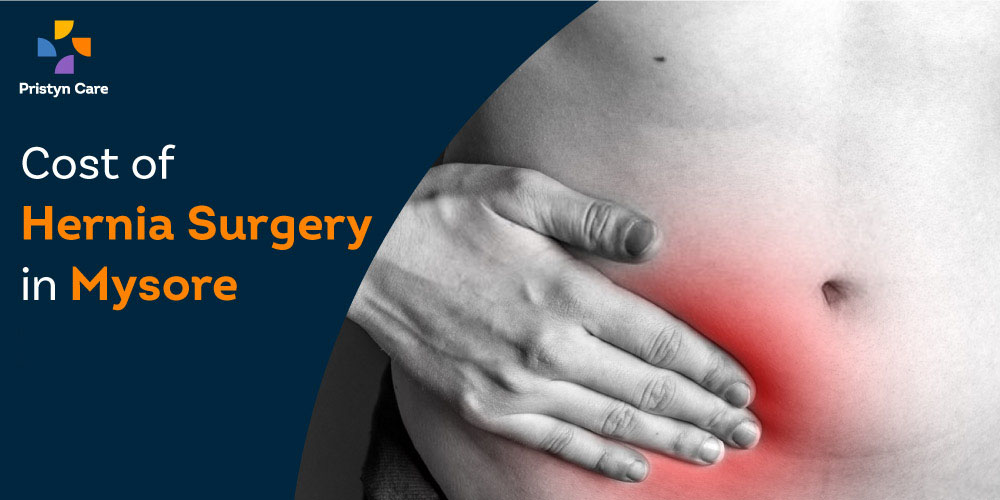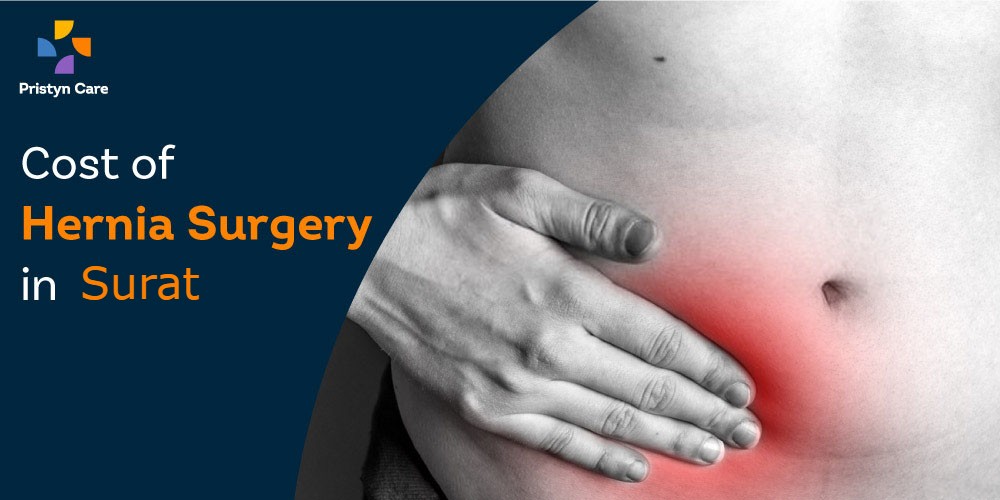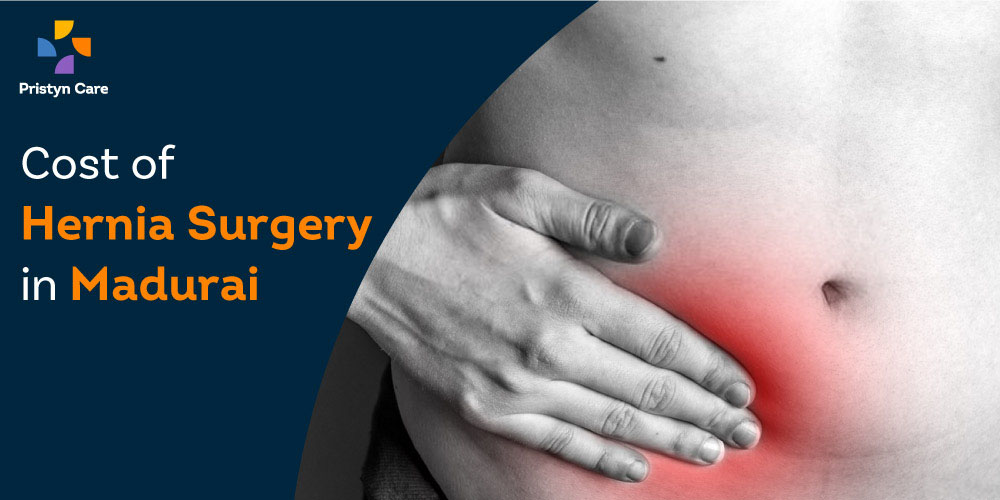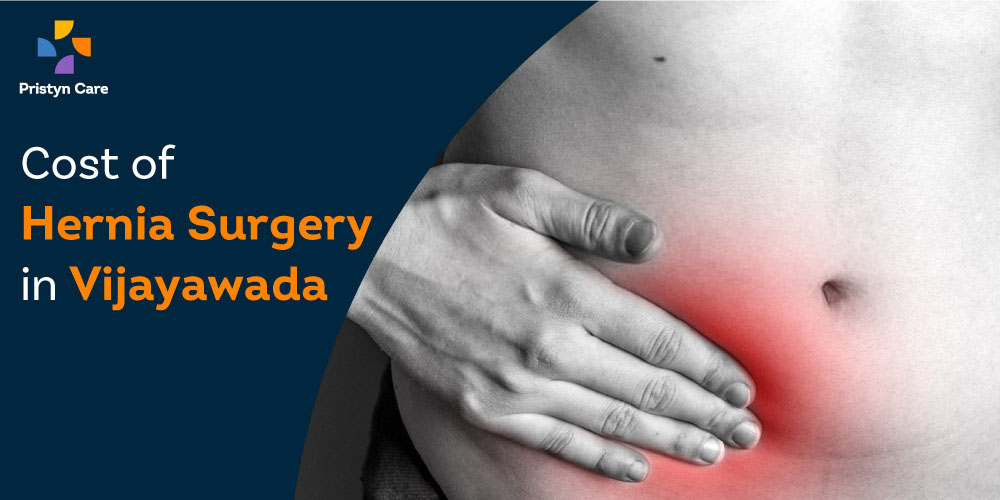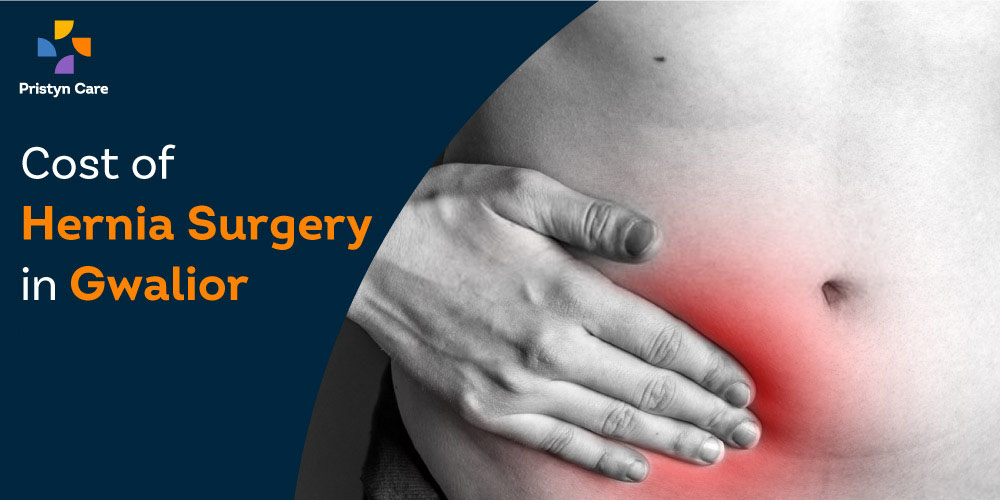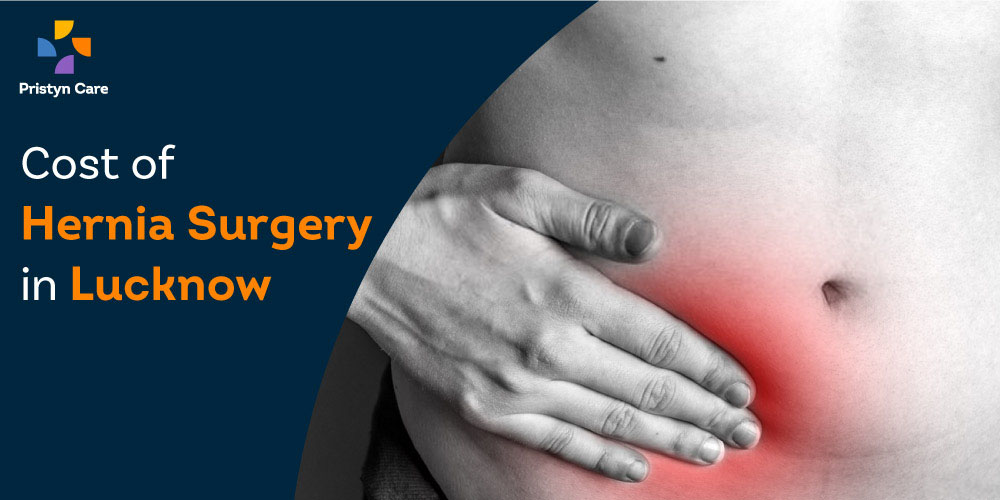Hernias are a common ailment, affecting millions worldwide, prompting the question: is hernia curable without surge Read More...
Can A Hernia Cause Death?
29 days agoA hernia, in normal circumstances, does not cause death. A hernia is not a sudden emergency but a gradually progres Read More...
Top 7 Hernia Specialists in Pune
28 days ago A hernia is a serious condition that can be very hard to manage without help from a specialist. Therefore, it is Read More...
It goes unsaid that the COVID-19 pandemic affected the medical industry to a great extent. But no matter how extrem Read More...
Cost of Hernia Surgery (Laparoscopic) in Jammu
29 days agoIt’s an urban myth that the hernia can be resolved on its own or yoga can help reverse the condition. Medicall Read More...
Cost of Hernia Surgery (Laparoscopic) in Mysore
29 days agoIt’s an urban myth that the hernia can be resolved on its own or yoga can help reverse the condition. Medicall Read More...
Cost of Hernia Surgery in Surat
29 days agoIt’s an urban myth that the hernia can be resolved on its own or yoga can help reverse the condition. Medicall Read More...
Cost of Hernia Surgery in Madurai
29 days agoIt’s an urban myth that the hernia can be resolved on its own or yoga can help reverse the condition. Medicall Read More...
Overall Cost of Hernia Surgery in Guwahati
29 days agoIt’s an urban myth that the hernia can be resolved on its own or yoga can help reverse the condition. Medicall Read More...
Overall Cost of Hernia Surgery in Vijayawada
29 days agoIt’s an urban myth that the hernia can be resolved on its own or yoga can help reverse the condition. Medicall Read More...
Cost of Hernia Surgery (Laparoscopic) in Gwalior
29 days agoIt’s an urban myth that the hernia can be resolved on its own or yoga can help reverse the condition. Medicall Read More...
Cost of Hernia Surgery (Laparoscopic) in Agra
29 days agoIt’s an urban myth that the hernia can be resolved on its own or yoga can help reverse the condition.
Medically, Read More...


